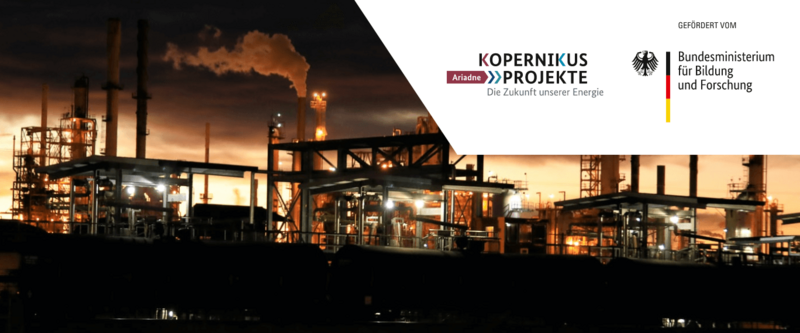
The research project ARIADNE delivers results on the competitiveness and international climate protection within the “Fit for 55” package. Ann-Kathrin Kühner, Research Associate at the Hertie School Centre for Sustainability, also contributed to this policy brief.
Experts involved in ARIADNE analysed how the EU can avoid carbon leakage and simultaneously maintain the competitiveness of its industry. Their research examines risks and opportunities resulting from strategic decisions the EU must make to meet its climate targets without harming the economy. A comprehensive policy paper summarizing main conclusions was published last week.
The “Fit for 55” package presented recently by the European Commission is an ambitious plan to set the reduction target at net 55% by 2030 (as compared to 1990 levels). On the one hand, climate action mainstreamed across the new Multiannual Financial Framework, the Next Generation EU fund, and the Just Transition Mechanism can help grow and green the economy. On the other hand, such ambitious targets inevitably will make CO2 emissions more expensive. Therefore, the question emerges if the European industry can reconcile climate protection with remaining competitive at the global scale?
With the Carbon Border Adjustment Mechanism (CBAM), the EU wants to compensate for energy-intensive industries such as the steel or chemical industry. But to make it an effective tool, emissions must be genuinely reduced, not merely relocated outside Europe. To achieve this, the EU can take two different approaches: an inward- or an outward-oriented strategy, for example by subjecting imports to a CO2 tax or by introducing a consumption tax on end products.
Each solution brings about short-term risks for international competitiveness but also opens opportunities in the long-term perspective. Nevertheless, regardless which way will be chosen, to be effective, carbon leakage protection must also be coupled with climate-friendly innovations and investments in sustainable production, another piece of the climate action puzzle.
To learn more about possible scenarios and recommendations for the EU, read the latest Kurzdossier prepared by the researchers of the ARIADNE project. The Hertie School Centre for Sustainability is proud to play an active role in developing this consortium and its outputs.
The Hertie School is not responsible for any content linked or referred to from these pages.
Views expressed by the authors may not necessarily reflect the views and values of the Hertie School.
